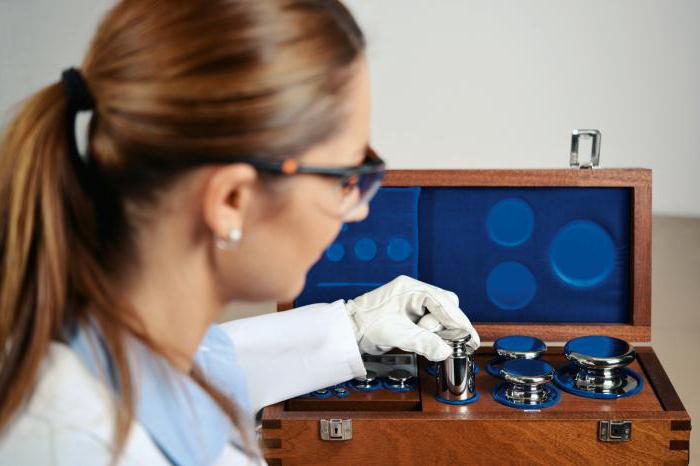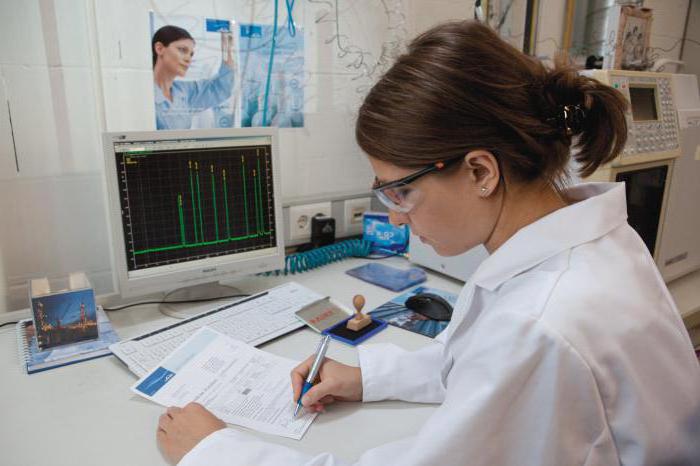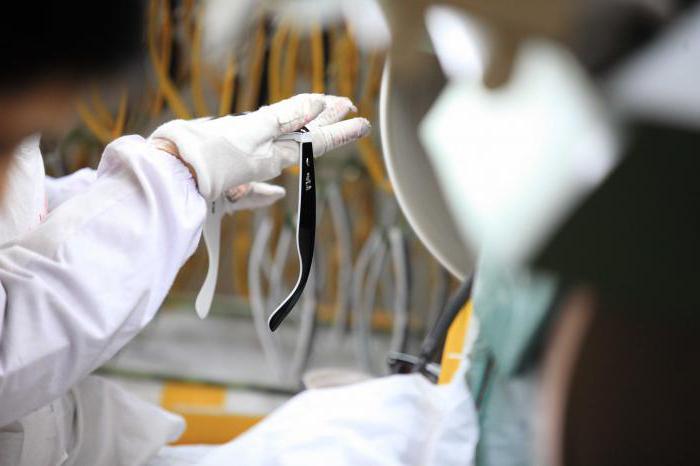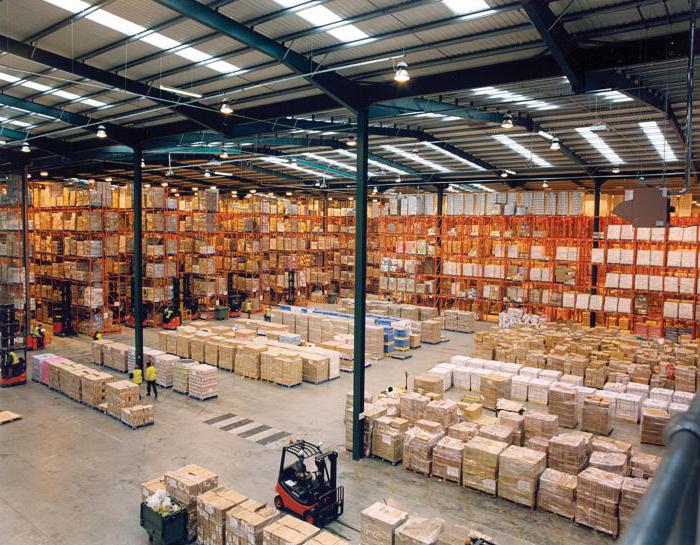Often, when buying this or that product, we focus on the properties declared by the manufacturer, but we do not get what we want, and there is nothing to blame the manufacturer for. But what is product quality in the general sense? And how does the general concept apply to each individual product or service? To understand this issue, it is worth determining what products are and what are product quality, by what criteria is the quality of products / services determined.
Definition of concepts
Defining the meaning of the word “quality”, one cannot bypass the concept of “production”, they are directly related. In simple words, products are all that the enterprise produces, when it comes to production, as well as completed work on order or services rendered.
- gross output;
- commercial products;
- finished products;
- sold products.
So what is quality? The definition of a term according to economic theory or political economy is designated as the utility of a product (product, service) or consumer utility. But in this case, it turns out that some of the items have no qualities or are useless from the point of view of consumer preferences. As an example, we can cite medications that do not help all consumers in a row, which means that for some people they do not have utility and, therefore, are of poor quality. But this is a false conclusion. The concept of quality lies in the plane of product-specific properties that satisfy needs.
In other words, the question of what is the quality of products can be answered as follows: this is the sum of the properties, qualities, characteristics of the goods produced to meet existing needs. Product specifications and properties may vary depending on demand.

Quality standards
In the age of advertising, it is difficult to determine in appearance how good the product will be. The technologies for presenting the product to the consumer are multi-layered and often deceptive, because a sandwich in a bun with a delicious crust, which can lie for five years without changing the taste and appearance, is unlikely to be useful, but at the same time it remains a quality product. In order to decide on this issue and not get into a mess, a manufacturer who respects himself and his consumers is guided by standards and refers to them to confirm the quality of the goods produced.

State regulation
The regulatory framework of the Russian Federation consists of types of standards:
- GOST R, interstate standard;
- OST, industry standard;
- STP, enterprise standard;
- regional standard.
Based on regulatory standards, the company manufactures products taking into account the requirements for indicators and properties, which determine the final quality of the goods. Product properties are an integral part of quality characteristics. Product properties are divided into simple and complex. Simple refers to what can be described by one characteristic, for example, the fat content of sour cream or milk. Complex properties are characterized by a combination of features, as an example - the nutritional or energy value of food.

Quality indicators
Qualitative characteristics have a very definite expression in physical, quantitative measurements. Usually they are written on the packaging, for example, a nail of a certain brand must be of the appropriate length, expressed in millimeters, have a certain grade of metal or alloy and a certain number of units in the package.The quality of fruit juice is determined by the amount of sugar, a fraction of natural juice and pulp in the final product in the corresponding proportion, expressed as a percentage. Quality indicators also include external characteristics: color, shape, and so on.

Metrology
In order to understand what quality is and what it should be for each individual product, specialized organizations called upon to make certification use the valuation method adopted worldwide. At the first stage, the type of product, its class and group are determined. The next step is the selection of indicators for a specific product, and a base sample with the appropriate characteristics is also selected. At the last stage, the numerical, physical indicators of the quality assessment that are applicable to the product being evaluated are determined. Based on the specified reference qualities, they evaluate the compliance of the new product, after which it is assigned a quality class.

Quality Score Values
Determine what the quality of the product, service, indicators help. They exist in several categories:
- Regulated. They are installed and evaluated in accordance with regulatory documents.
- Rated. Regulated deviations of the quality of the product / product in the framework of regulatory documents. For example, the amount of cereal in a pack should be 1000 grams, and the nominal amount can vary within ± 20 grams of dry product. Nominal values are given in the reference literature on standardization, drawings, technical conditions and so on.
- Optimal. The quality indicators of the product / product at which the maximum consumer effect is achieved from the use, operation and so on.
- The limit. These are the highest or lowest quality indicators allowed by the regulation.
- Valid. The indicator used for goods / products whose quality characteristics are measured by limits, i.e., the quality scale.

Quality Factors
The final consumer seeks to get only the best and therefore wants to know what quality is. It is impossible to overestimate the importance of factors influencing the formation of qualitative characteristics; they are the basis for the production of marketable products. Formative quality indicators include:
- Raw materials. There are two types of raw materials: primary and secondary. In the production of bakery products, the main raw material is flour. Depending on it, bread is produced wheat, rye or mixed type. Auxiliary raw materials are additives: flavor enhancers, stabilizers and so on.
- Materials Also divided into main and auxiliary. The main ones are materials obtained for subsequent processing. A sheet of metal of a certain thickness and grade by appropriate processing becomes a pipe or profiled sheet. Auxiliary materials are used for finishing products. For example, processing a profiled sheet with a polymer composition for better preservation or galvanizing it.
- Manufacturing process. The formation of the qualities of the final product through the consistent passage of all production cycles: preparatory, shaping, processing. For example, the production of automobile tires begins in the workshop for the preparation of rubber compounds, the further receipt of the semi-finished product in the workshop for autoclaves forming the tire, from where it enters the final processing department and then to the finished goods warehouse.

Quality Preservation Factors
Products / goods reach the consumer in an attractive way, which is an important quality feature. For any person in determining what quality is, the obligatory preservation of the appearance and all characteristics of the product from the production workshop to the store shelf is laid down.
Product safety is determined by the following factors:
- Packaging.It is intended to be not only bright, have the appropriate labeling, but also to keep the goods whole and intact during logistics transportation. For example, washing machines are additionally equipped with transport bolts for safe delivery of the device to the final installation site.
- Storage. Any warehouse where products are contained before they reach the final consumer must be properly equipped. This is done in order to maintain product quality, properties and characteristics inherent in the product.
- Pre-sale preparation. It is carried out for the sorting of goods in order to discard obsolete, lost its presentation or quality products. At this stage, the product can be given great appeal by additional polishing, lamination, steaming and so on in accordance with the type of product.
- Implementation. The final stage of the production of quality products is the transfer of goods to the buyer in accordance with his requests and needs.
- Service. After-sales service, delivery, installation or consultation on the use of the goods. At present, quality service is no less important than the product itself. Increasingly, after-sales service determines consumer preferences in favor of buying a product of one category, but with varying degrees of service in favor of the manufacturer that will provide more additional services.

Consumer Demand and Quality
A market economy dictates its own rules of the game. Often, the demand for a product forces the manufacturer to produce products of not the best quality, thereby harming their image and undermining confidence in the product. In this case, it is preferable not to succumb to the temptation of both sides of the interaction during the hype: the consumer does not rush into the choice and purchase, it is better to find out the quality of the product (the definition of this indicator is the starting point in preferences), and the manufacturer does not chase the short-term profit, and release a product with high quality indicators.



